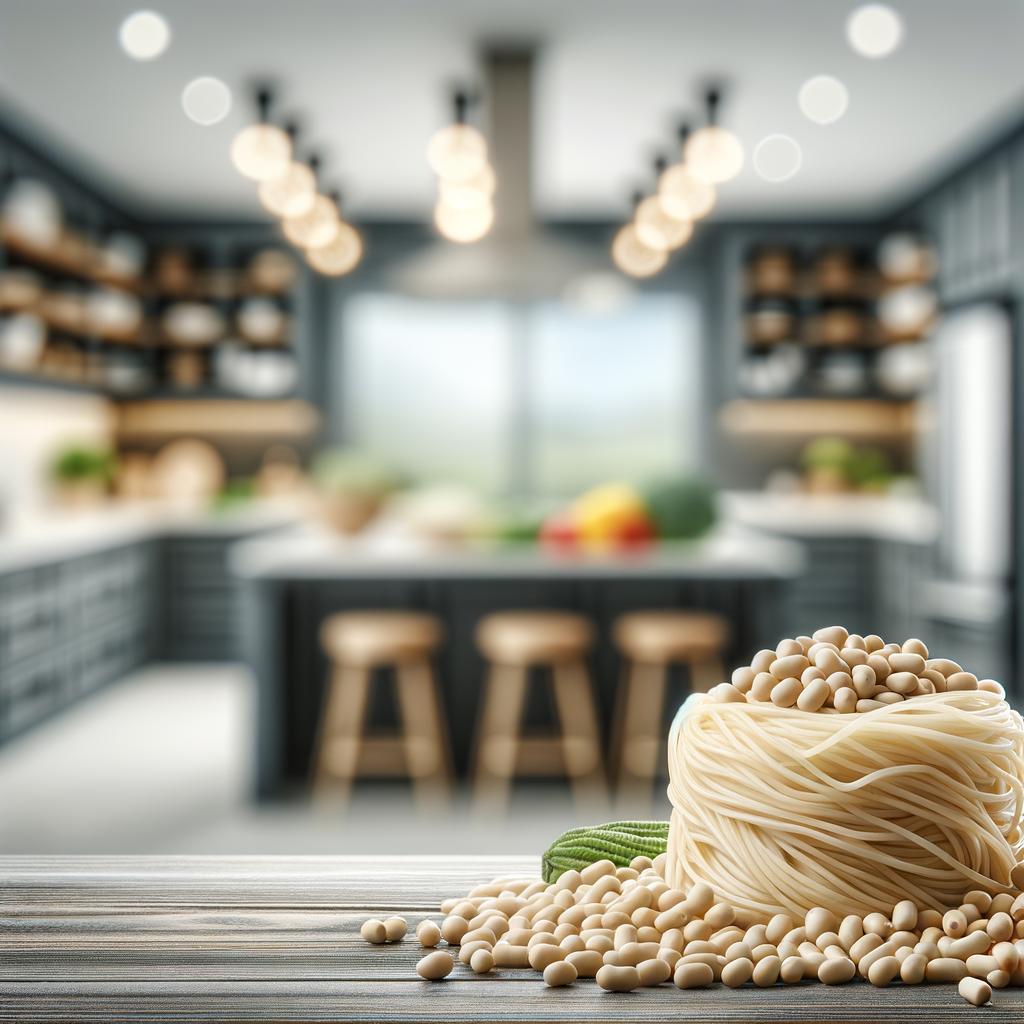Mung Bean Noodles

Description
Mung bean noodles, also known as glass noodles, cellophane noodles, or bean thread noodles, are a type of transparent noodle made from the starch of the mung bean plant. They possess a unique, crystal-clear appearance when cooked, which has earned them the name "glass noodles". Their texture is intriguingly smooth yet firm, providing a delightful chewiness that is both satisfying and surprising. The noodles themselves have a mild, subtly nutty flavor profile, which allows them to absorb and enhance the flavors of the ingredients they are paired with. A unique characteristic of mung bean noodles is their versatility; they can be served hot or cold, and their texture remains consistent, unlike other types of noodles that may become soggy or tough.
Primary Uses
Mung bean noodles are a staple in many Asian cuisines, particularly in Chinese, Korean, and Thai dishes. They are commonly used in stir-fries, soups, salads, and spring rolls, where they lend their delicate texture and ability to soak up flavors. In non-culinary uses, mung bean noodles have a cultural significance in many Asian countries, often served during festive occasions as a symbol of longevity due to their long, uncut strands.
History
The history of mung bean noodles is steeped in the ancient culinary traditions of Asia. They are believed to have originated in China over 2000 years ago, and their popularity has spread across the continent over the centuries. The noodles are often associated with traditional folk tales, one of which tells of a poor farmer who discovered mung bean noodles when he could not afford rice. He shared his discovery with his village, and they thrived even in times of famine. Over time, the use of mung bean noodles has evolved, and they have become a beloved ingredient in modern fusion cuisine, appreciated for their unique texture and versatility.
Nutritional Information
Mung bean noodles are not just a culinary delight; they are also packed with nutritional benefits. They are a good source of energy, providing complex carbohydrates. They are low in fat and high in fiber, which aids in digestion and promotes feelings of fullness. Additionally, they contain essential minerals like iron and potassium. While they are not as protein-rich as their whole mung bean counterparts, they still offer a decent amount of this macronutrient. Compared to wheat-based noodles, mung bean noodles are gluten-free, making them a great alternative for those with dietary restrictions. However, it's worth noting that they are relatively high in carbohydrates, so portion control is key for those watching their carbohydrate intake.

